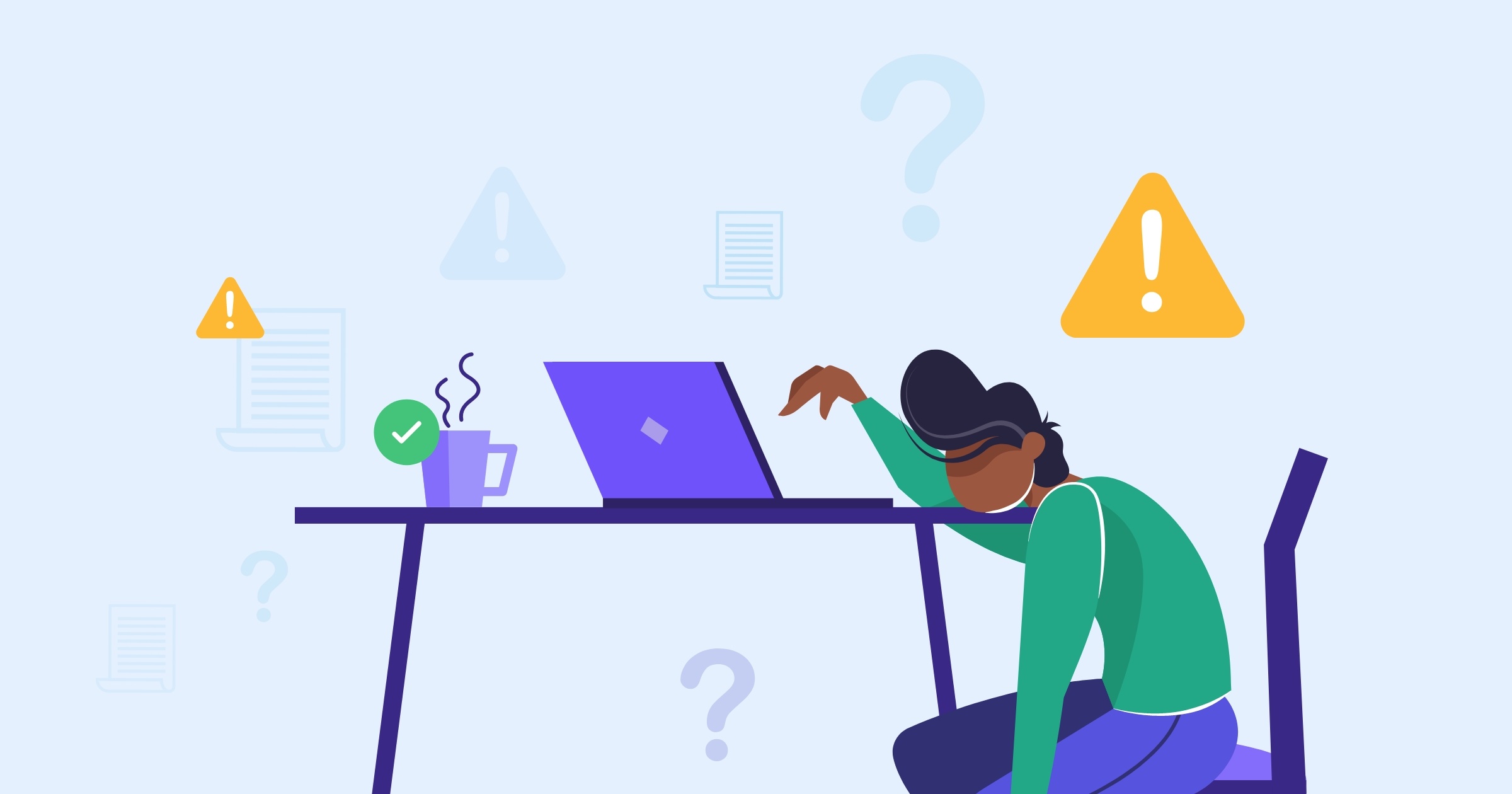Third-party risk management activities are essential to protecting your organization, but understandably, it can be exhausting when you encounter obstacles along the way. This can include situations like unresponsive vendors or vendors that don’t provide the information that is essential for your team to identify, address, and mitigate risks. Often, this is because vendors receive so many requests for their time and attention that they lose focus, become unresponsive, and grow fatigued.
Let’s look at what we mean when we talk about vendor fatigue and several best practices that you can implement to prevent it.
What Is Vendor Fatigue?
During your due diligence and ongoing monitoring processes, you likely ask your vendors to fill out a series of risk questionnaires and provide detailed information to help you identify any present risks so you can determine the best ways to manage them. However, some vendors become bogged down and exhausted by multiple questionnaires and processes that require a lot of their time and resources.
The fact is that your vendors have limited capacities. As they work to meet your expectations, comply with your standards, and fill your requests for documents and information, your vendor may lose focus and grow exhausted with the process. Especially when dealing with long processes, or if the vendor has a small team, they can quickly become fatigued. This can cause frustration for both your vendor and your team, as your vendor may take longer to complete necessary assessments or fail to properly cooperate.
For example, if a questionnaire requires the vendor to provide a long series of detailed responses, you may find that the quality of the vendor’s answers will decrease over time. As the vendor tries to simply reach the end of the questionnaire, they may fail to leave out answers, which will then impact your team’s ability to identify and manage all the risks that the vendor poses to your information.
Vendor fatigue can be frustrating for both your organization and your vendor to deal with, as the vendor may be unable to meet all your requests right away, which leaves your organization more susceptible to potential risks. So, what can you do to streamline the process? Where is the middle ground to obtaining the information you need while taking proactive steps to reduce the risk of vendor fatigue?

6 Best Practices for Managing Vendor Fatigue
Here are several best practices that can help mitigate vendor fatigue:
- Ask for required documents/information during the contract stage. You should provide your vendors with a list of any documents, questionnaires, and assessments that you’ll need during contracting. By setting your expectations upfront, your vendor will have the time to delegate tasks and complete the assessments.
- Know everything you’ll need when going to your vendor. You should know exactly what you’ll need from your vendor when you make your requests. Your vendor may become overwhelmed or exhausted if you request information in several rounds of requests. Instead, preparing and knowing what you’ll need when you go to your vendor will make the process more efficient, as your vendor will know everything you expect and can handle your requests accordingly.
- Communicate what you need clearly. Miscommunication can cause frustration on both sides of the relationship. Be sure to communicate clearly and effectively to ensure that you and your vendor are on the same page.
- Streamline your questionnaires. To avoid asking irrelevant questions, you should adjust your questionnaires so that only questions necessary to understanding your specific vendor’s risk posture are included. You should also consider asking the more detailed questions first and the simpler questions towards the end, which will increase the chances of your vendor including detailed information before becoming fatigued.
- Use auto-calculating scores. Establish a formula that can help you auto-calculate your risk ratings or scores. A standardized formula can be applied to your inherent risk assessment process and automated through your TPRM software. This approach saves valuable time (compared to manual processes) and ensures consistent risk ratings based on the identified risks.
- Implement third-party risk management software. Third-party risk management software can help you and your vendor by automating lengthy processes, such as onboarding and ongoing monitoring. Software can help eliminate human error and reduces the fatigue associated with arduous manual processes.
Vendor fatigue is a challenge for many third-party risk management teams and vendors when it comes to handling long questionnaires and manual document collection processes. However, by streamlining your questionnaires, using automated processes, and communicating your needs clearly with your vendor, you can take steps to decrease the risk of vendor fatigue.






